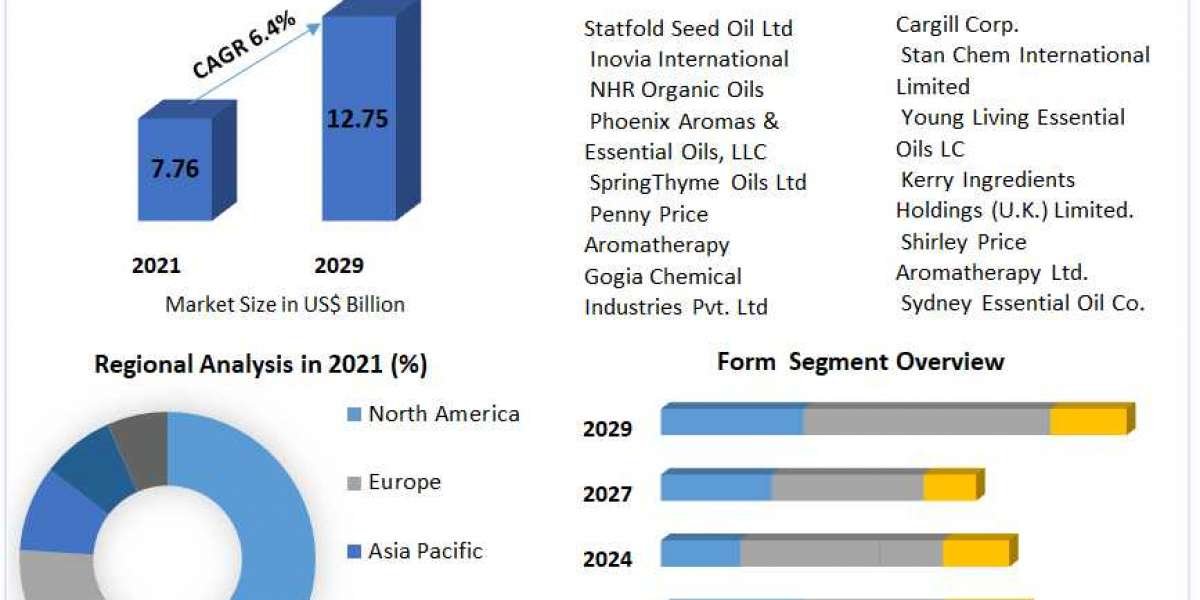The Systemic Lupus Erythematosus (SLE) treatment market is witnessing significant growth, driven by increasing disease prevalence, rising awareness, and ongoing advancements in immunology and biotechnology. SLE is a chronic autoimmune disorder that can affect multiple organs and systems, including the skin, joints, kidneys, heart, and brain. It is characterized by periods of flares and remission, making long-term management essential. With no permanent cure, treatment primarily focuses on controlling symptoms, minimizing flare-ups, and preventing organ damage.
Historically, SLE has been managed using nonsteroidal anti-inflammatory drugs (NSAIDs), corticosteroids, antimalarials (such as hydroxychloroquine), and immunosuppressants. However, the landscape has evolved significantly with the introduction of biologics and targeted therapies, which offer more precise mechanisms of action and improved safety profiles. Belimumab (Benlysta) became the first FDA-approved biologic for lupus in 2011, and in 2021, Anifrolumab (Saphnelo) was approved as a novel type I interferon receptor antagonist, representing a new class of treatment.
The market is also benefitting from rising investments in RD and a robust drug development pipeline, with several monoclonal antibodies and small molecules under investigation. Companies are increasingly leveraging advances in genomics and personalized medicine to better understand disease heterogeneity and tailor treatments accordingly. This shift toward targeted therapies is expected to drive future growth and improve long-term patient outcomes.
Geographically, North America dominates the SLE treatment market due to its advanced healthcare infrastructure, high disease awareness, and significant pharmaceutical RD activity. Europe follows closely, while Asia-Pacific is emerging as a high-growth region due to increasing diagnosis rates, rising healthcare expenditure, and growing access to biologic therapies.
Key players in the market include GlaxoSmithKline (GSK), AstraZeneca, Roche, Johnson Johnson, and Bristol-Myers Squibb, among others. These companies are focusing on strategic collaborations, clinical trials, and regulatory approvals to strengthen their portfolios and address unmet needs in SLE management.
Despite progress, the market faces challenges such as high treatment costs, limited access to advanced therapies in low-income regions, and difficulty in early diagnosis due to the disease’s complex and variable presentation. Nevertheless, the long-term outlook remains positive, with innovation and increasing patient advocacy expected to shape the future of lupus care.
Search
Popular Posts
-
 Canadian pharmacies not requiring prescription
Canadian pharmacies not requiring prescription
-
 Caramelized Australian Balsamic: Craving Perfection? Aussie Basket Delivers Every Time
Caramelized Australian Balsamic: Craving Perfection? Aussie Basket Delivers Every Time
-
 6G Market Upcoming Opportunities, Trends and Industry Outlook 2025
6G Market Upcoming Opportunities, Trends and Industry Outlook 2025
-
 3D Printing Services in Coimbatore: Choose WOL3D Coimbatore for Superior Quality
3D Printing Services in Coimbatore: Choose WOL3D Coimbatore for Superior Quality
-
 Indulge in Mutual Massage in London for Connection and Complete Relaxation
Indulge in Mutual Massage in London for Connection and Complete Relaxation









